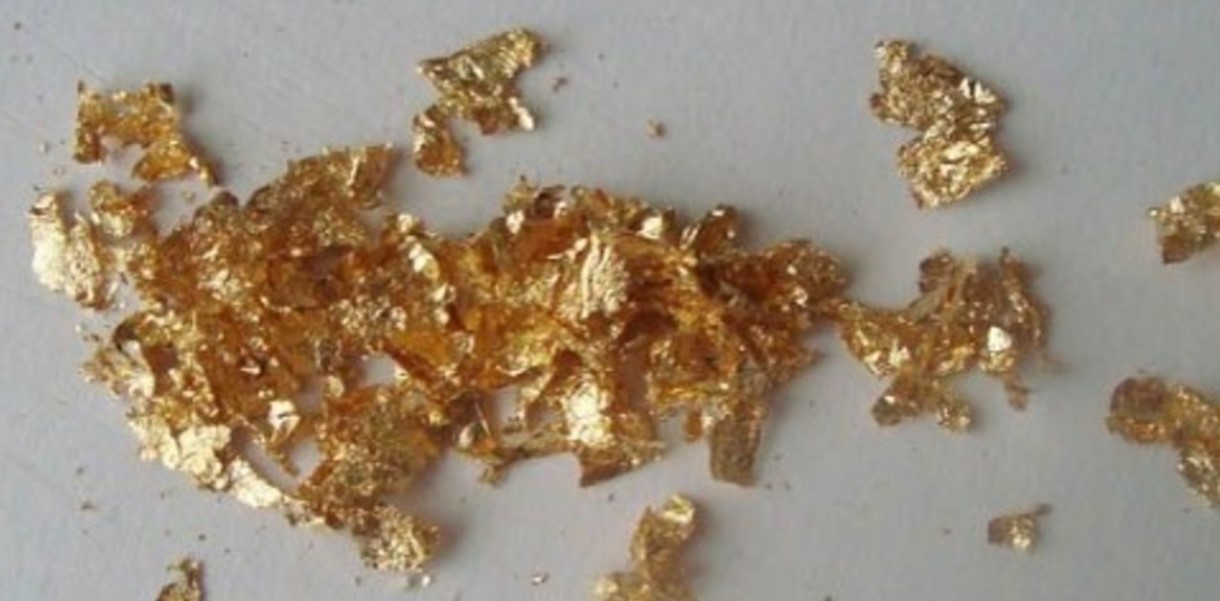EFE Latam Videos
Scientists also want to save an “angel” Miami’s Biscayne Bay
MIAMI, July 28 (EFE News) .- Biscayne Bay, located in Miami-Tate County (Florida), is at high risk of water pollution, and scientists and filmmakers in Miami are now surrounded by threatening threats from people and officials. Raising awareness about the danger is the result of successful videos of a competition featuring the involvement of two scientists and an “angel” living in the Gulf. This is the Save the Bay initiative, which takes about 60 seconds in video format for public service announcements, from which five filmmakers contribute their artistic vision to “save” Biscay Bay from becoming winners. In the presence of their filmmakers who are deeply involved in the protection and preservation of this beautiful 56-kilometer-long bay, five videos from the competition organized by the art center Olite Arts with the support of county officials are on display today. And width 13 suitable for water sports. “Our lives are deeply intertwined with the Gulf: we are one,” Miami-based Iranian-American filmmaker and scientist Shreen Rahimi told F. Rahmi’s video proposes “What Happened to the Bay?”, “Emotional and physical connection with the ecosystem of Biscayne Bay, and the role it plays in the story of our lives,” and includes the diver and photographer. Degree in Environmental Science from the University of Miami (UM). She promises shooting is a “work of love”, an experience marked by the beauty of the bay and all the people who helped make it: she jumped from cameraman to ship owner, an expert at using drones. For water for underwater shooting. Damaged by a unique ecosystem The condition of this ecosystem is shady, endangered with coral reefs, sea tigers, swamps and more than 120 different species of animals. A situation that could be reversed by saying, “The bay is suffering, the sponge is dying, there are very few animals,” “If we stop polluting with fertilizers and pesticides, the constructions on the beach or its impact on the ships.” All kinds of fish were found dead in the southeast of the bay, followed by algae blooms. Scientists and experts from the Fish and Wildlife Conservation Authority (FWC) concluded that these deaths were higher than usual due to the high load of nutrients (nitrogen and phosphorus) coming from septic tanks and high temperatures. The water of the bay, among other factors. According to Piero Cardinali, director of the Environmental Institute at the International University of Miami, “Factors such as rapid urbanization, pollution, rising temperatures, water management, rising sea levels, and loss of vital habitats affect the waters of the Gulf.” Was: “There is no Miami without Biscayne Bay” because “South Florida’s livelihoods are linked to the health of its coastal ecosystems.” But, despite the pollution, its rich biodiversity even allows it to be a black “fairy”, as shown in the video of Helen Pena, an American filmmaker of Dominican descent, who is one of the winners of the competition. A black angel emerges from the bottom of the sea to “wake up” in a story with a poetic text that warns of the urgent need to “preserve our magic, preserve life, preserve the bay.” “The Gulf of Visca represents to me a sacred life, a place inhabited by the Dequesta tribe, while at the same time a microscope of the climate catastrophe that is taking place around the world,” he told Efe Peña. In a “video letter” written by Alexa Caravia, a retired marine biologist tells his unborn grandson the tragic fall of a privileged ecosystem that should be noticed by all. Producer, filmmaker and director Caravia says that this “declaration of love” for the Gulf is a “call to action” because “the public reflects their responsibility on the Gulf by recognizing our impact on a vibrant and complex ecosystem”. For this documentary, Caravia immersed itself in the Wolfson archive at Miami Date College (MDC), where it discovered that “alarms and signals had been ignored” for decades. “My fear is that if we don’t act now, we will soon come to a point where we can do irreversible damage to a natural environment that makes life in Miami so magical,” he said. According to the environmental science website Mongabe, sea tigers in some parts of the Bay of Biscay have been reduced by 90%, while in others they have completely disappeared. A serious problem is that cyclamen, which is essential for habitat and food for many fish and mollusks, releases nitrogen and phosphorus from water and releases oxygen. For this reason, as Cardinali Efe emphasizes, “Now is the time to act. What is happening in the bay is a cry for help, a call for attention and action”, which is what Biscay is all about to continue to celebrate the bay. (C) EFE Company




:quality(85)/cloudfront-us-east-1.images.arcpublishing.com/infobae/PRZFPXNQLJCQ5GIV4HFUAL7A2Y.jpg)
:quality(85)/cloudfront-us-east-1.images.arcpublishing.com/infobae/Z3MJ3ZNWSVDIBDDBSLX7TZMLJI.jpeg)